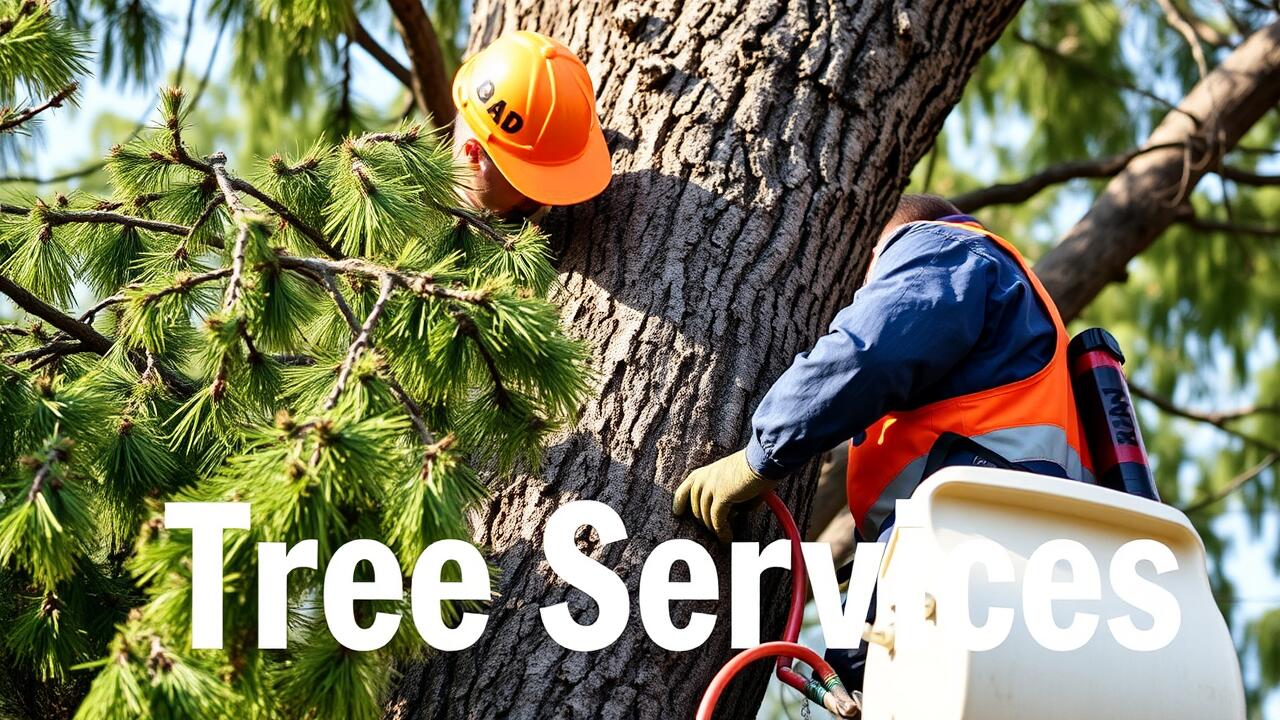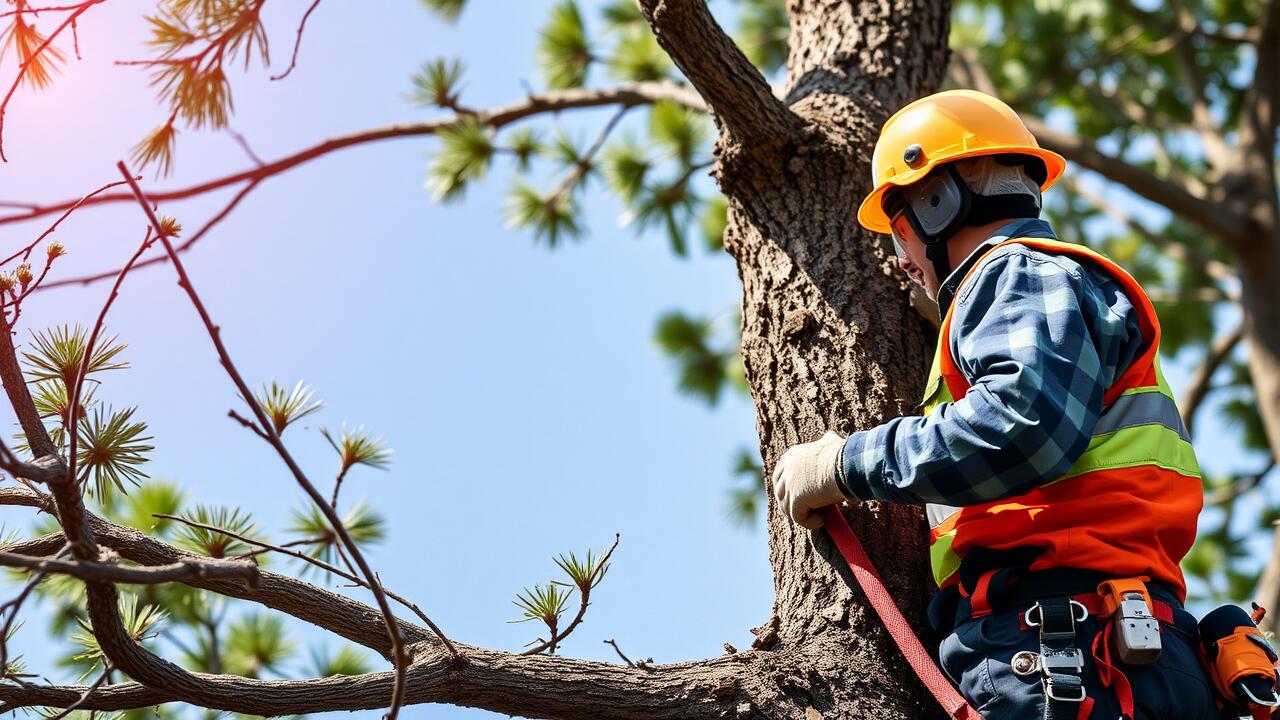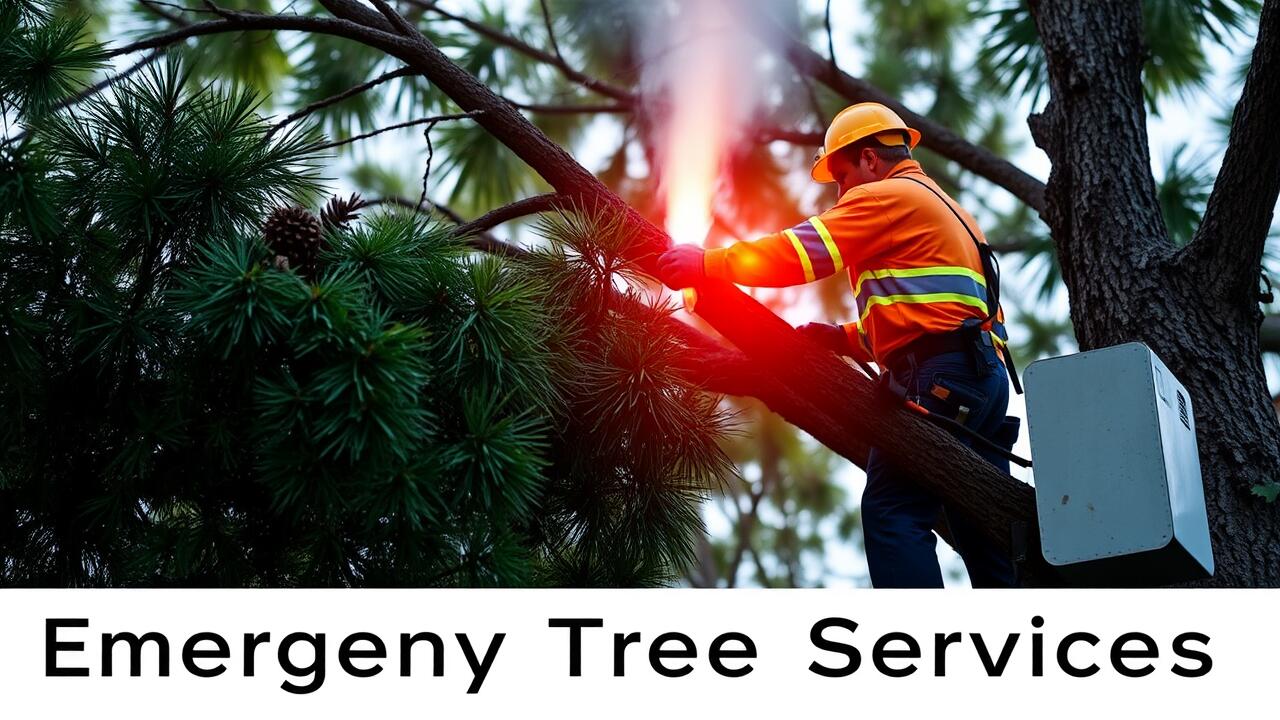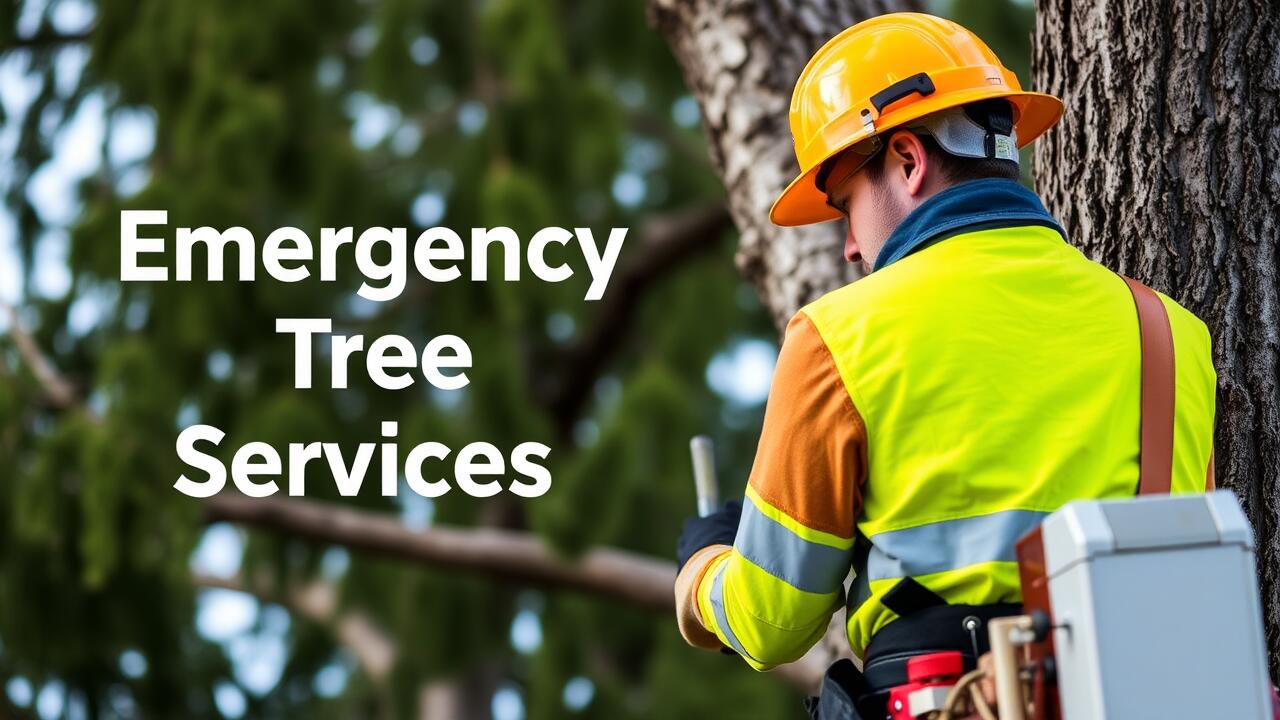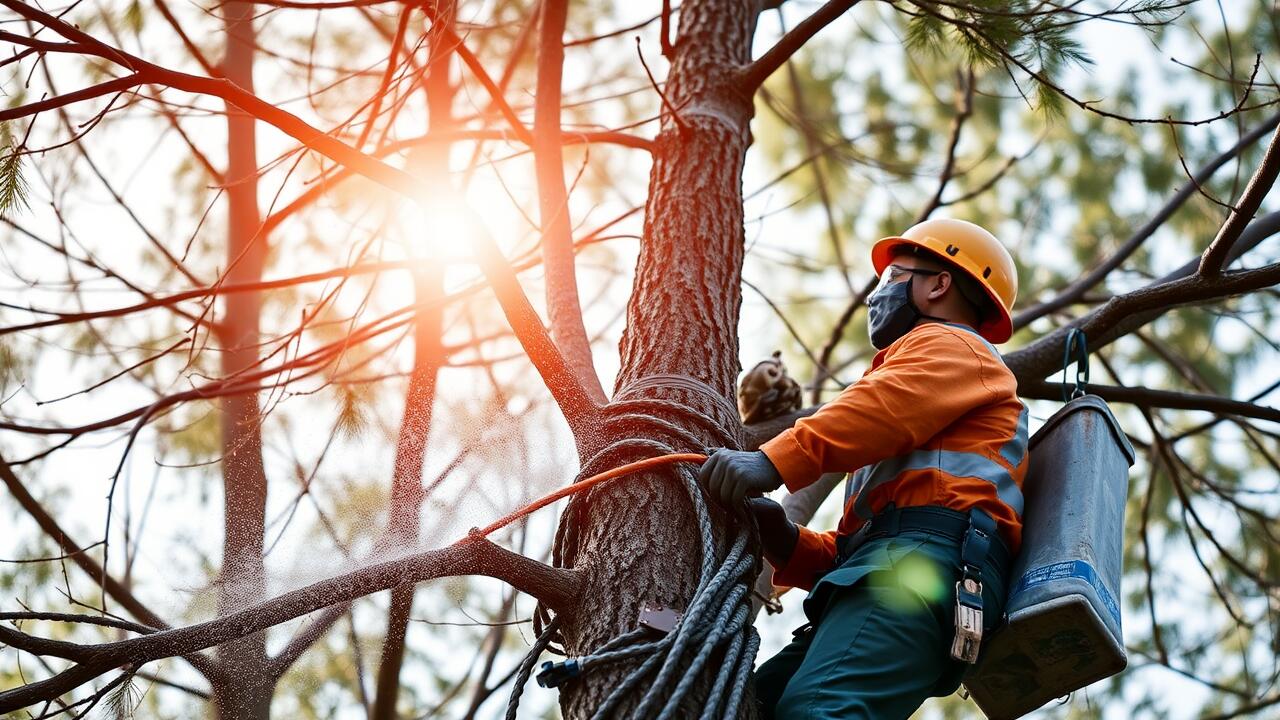
DIY Tree Removal
When considering DIY removal of a fallen tree from a roof, several factors come into play. Homeowners should evaluate the extent of the damage and their physical ability to handle such a task. If the tree is small and poses minimal risk, a careful approach may suffice. However, larger trees or those that are partially uprooted often require professional assistance due to safety hazards such as live power lines or structural damage.
Those in East Atlanta Village can benefit from local expertise and resources like East Atlanta Village, Atlanta Emergency Tree Services. Access to specialized tools and trained professionals can make a substantial difference in both safety and efficiency. It's important to prioritize safety first while recognizing the limitations of one’s own skillset before proceeding with any DIY efforts. Having a clear plan and understanding of the potential risks is crucial for a successful removal.
Steps for Safe Do-It-Yourself Removal
Assess the situation carefully before attempting any removal on your own. Safety should be the top priority. Examine the tree's position and the surrounding area for potential hazards such as power lines, other structures, or unstable branches. It is critical to wear protective gear like a hard hat, gloves, and eye protection. If the tree is large or the situation seems complicated, consult professionals like East Atlanta Village, Atlanta Emergency Tree Services to avoid injury or further damage.
Once you have ensured your safety measures are in place, gather the right tools for the job. A chainsaw or handsaw will likely be necessary depending on the tree's size. You might also need ropes for securing the tree if it could fall unpredictably. Begin by trimming away any smaller branches to create a clear work area. Take your time and proceed cautiously. Making slow, deliberate cuts will reduce the risk of the tree shifting unexpectedly during the removal process.
Costs Involved in Fallen Tree Removal
The costs associated with fallen tree removal can vary significantly based on several factors. Homeowners should consider the size of the tree, the extent of the damage, and accessibility for removal equipment. For instance, larger trees or those that have fallen onto roofs often require more labor and specialized machinery, which can drive up expenses. Additionally, if the tree has caused structural damage to the home, further repairs will add to the overall cost.
In areas like East Atlanta Village, Atlanta Emergency Tree Services may offer competitive rates that reflect both the urgency and complexity of the situation. Homeowners should also weigh potential costs for cleanup and disposal, as some services may charge additional fees for hauling away debris. Before making a decision, obtaining multiple quotes can provide a clearer picture of the financial implications of hiring a professional service versus attempting a DIY approach.
Factors Affecting Overall Expenses
Several factors determine the overall expenses associated with fallen tree removal from roofs. The size and type of the tree play a critical role, as larger trees typically require more time and resources to remove. The location of the tree can complicate the process; for example, if the tree is near power lines or other structures, it may require specialized equipment and additional safety precautions. Accessibility also influences costs; areas that are difficult to reach may result in higher labor charges.
The condition of the tree and its surroundings can also impact expenses. If the tree is already dead or decaying, it may pose additional challenges during removal, which can drive up labor costs. Weather conditions can affect both the speed and safety of the job, potentially leading to delays and increased expenses. Homeowners in East Atlanta Village seeking reliable options can consider East Atlanta Village, Atlanta Emergency Tree Services for assistance with managing fallen trees effectively.
Insurance Claims for Tree Damage
Insurance claims for tree damage can significantly ease the financial burden of repairs. Homeowners should start by documenting the damage thoroughly through photographs and detailed notes. This documentation will serve as evidence when filing a claim. It is crucial to review your homeowner's insurance policy to understand the coverage for fallen trees and the specific conditions that need to be met for a successful claim.
When navigating the claims process, it can be helpful to consult with professionals. Companies like East Atlanta Village, Atlanta Emergency Tree Services can assist not only with removal but also with navigating the complexities of insurance claims. Their expertise can provide clarity on what documentation is necessary and help ensure that claims are filed promptly and correctly.
Navigating the Claims Process
Navigating the claims process for tree damage can be daunting, but understanding the steps can streamline your experience. Start by documenting the situation thoroughly with photos and notes about the incident's circumstances. Contact your insurance company as soon as possible to report the damage. They may require specific information about the fallen tree, such as its size and the extent of the damage it caused. Having a clear account of the event will help in expediting the claims process.
It’s also essential to understand your policy's coverage regarding tree damage. Different policies may have varying terms, and knowing what yours includes will help in managing your expectations. If you find yourself overwhelmed, local services like East Atlanta Village, Atlanta Emergency Tree Services can assist in assessing the damage and may even provide a professional opinion that can support your claim. Keep in touch with your claims adjuster, and follow up regularly to ensure that your case is processed timely and efficiently.
FAQS
What should I do immediately after a tree falls on my roof?
First, ensure that everyone inside is safe and evacuate the area if necessary. Then, contact a professional tree removal service to assess the situation and perform the removal safely.
Can I remove a fallen tree from my roof myself?
DIY tree removal may be appropriate if the tree is small and you're confident in your skills. However, for larger trees or complex situations, it's best to hire professionals to avoid injury or further damage.
How much does it typically cost to remove a fallen tree from a roof?
The cost can vary widely depending on factors such as the size of the tree, the extent of the damage, and the location. On average, it can range from a few hundred to several thousand dollars.
Will my homeowner's insurance cover the cost of tree removal?
Many homeowner's insurance policies cover tree removal if the tree caused damage to the home. However, coverage can vary, so it's essential to review your policy or contact your insurance provider for specific details.
What factors can affect the overall expenses of fallen tree removal?
Key factors include the size and type of the tree, the complexity of the removal (e.g., proximity to power lines), the level of damage to the roof, and geographic location, which can influence labor costs.
